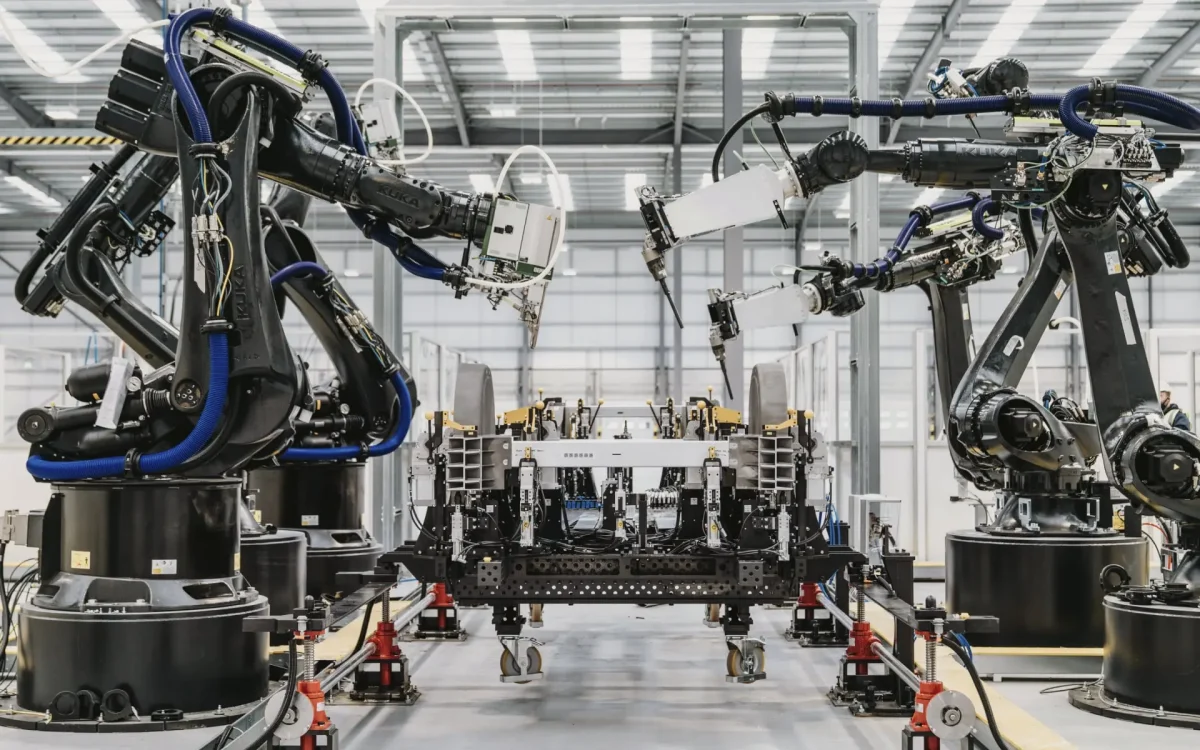It is not uncommon to use Google as a point of reference when discussing topics such as digital disruption, emerging technologies, and platform ecosystems. This is because Google has revolutionized the manner in which information is searched for and collected, and has allowed users to easily and rapidly access vast amounts of information, by conducting a simple Google search. What once required going to a library, bookstore, or even an archive, can now be done online, through a platform with thousands of other users.
In the field of information strategy, scholars like to pose questions about how incumbents, businesses that have been dominating an industry for a long time (MasterClass, 2022), can defend themselves and thrive in an environment of digital and technological disruption brought about by tech-savvy companies such as Google.
Surely, these questions are only relevant to older, traditional companies…. right?
Well, the truth is that Google, the largest search engine in the world, is now trying to reinvent itself to be more than just a search engine. Specifically, the company wants to become the provider of a more visual, interactive internet that meets not only consumers’ need for information, but also their need for surprise and enjoyment. Google is trying to reinvent itself in order to compete against TikTok and Instagram: two of the biggest platforms that are drastically changing how consumers use and interact with the internet. Through technologies such as AI and computer vision (which enable applications such as multi-search), Google wants to simplify the search process and make it as seamless, and natural as possible (Fierce, 2022).
For example, imagine using your camera lens to retrieve nutritional information about a meal – wouldn’t that be nice? Or imagine a Google “For You Page” – sounds odd, but could it work?
%2Fcdn.vox-cdn.com%2Fuploads%2Fchorus_asset%2Ffile%2F23453709%2Fgoogle_multisearch_scene_exploration.png&w=750&q=75)
Ultimately, Google wants to reinvent itself, in order to break away from the traditional question-answer system, towards one of exploration and discovery (Fierce, 2022).
So now you see, even tech-savvy companies such as Google are now having to reinvent themselves, in order to fit these new, ever-changing, and ever-dynamic times.
References
Fierce, D. (2022). GoGoogle is trying to reinvent search — by being more than a search engine. The Verge. Retrieved 11 October 2022, from https://www.theverge.com/2022/9/28/23375691/google-search-multisearch-visual-keywords.
MasterClass. (2022). Retrieved 11 October 2022, from https://www.masterclass.com/articles/how-incumbency-works-in-business-and-politics.




